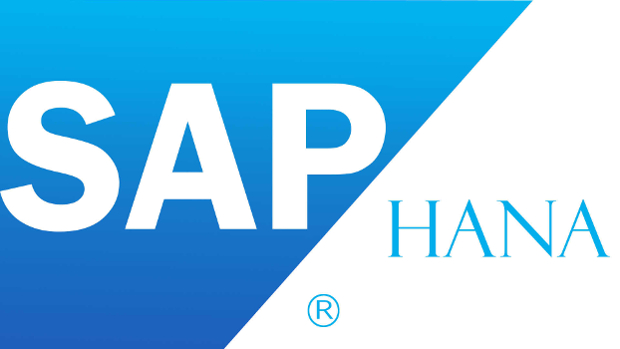SAP wants businesses struggling to keep up with the pace of innovation in its HANA in-memory database to relax as it readies a new version, to be known as HANA 2.
Since introducing HANA in 2010, SAP has been releasing updates twice a year, providing customers with new capabilities but also pushing them to keep their software current to benefit from continuing support.
The new version gives businesses two reasons to relax, according to Marie Goodell, vice president of product marketing at SAP.
HANA 2 is designed to simplify things for the IT department, reducing the effort it takes to keep the lights on so that businesses can spend more time working on new, next-generation applications that take advantage of new types of data, she said. Even if they choose to keep upgrading, that should involve less work going forward.
But for businesses that just want to get off the update treadmill, SAP will provide long-term support through May 2019 for the version released back in May, HANA Support Package Stack (SPS) 12, she said.
When the time comes to upgrade, apps that run on SPS 12 should run on HANA 2 with no interruption, and companies that do choose to upgrade can look forward to a host of new features, Goodell said.
One that will please the bean-counters in more ways than one is a new way to offload occasional read-intensive workloads to business continuity systems usually only used for replication. That way, reports can be prepared more quickly at the end of the month or quarter, when the volume of database queries typically increases. And the investment in those secondary systems will serve a purpose other than just disaster recovery.
Other features in HANA 2 include eight new analytical intelligence algorithms, adding to the 90 or so already available in HANA. New additions to the predictive analytics library exploit machine learning techniques in the processing of text, spatial, graph, and streaming data.
SAP is also making it possible to expand HANA’s capabilities in a number of ways.
A feature for the application server, called Bring your own Language, makes it easier for developers to write or integrate additional functions in their preferred language.
And there are new cloud services that can be accessed from HANA using any language or development platform.
One, developed in conjunction with the European Space Agency, is the Earth Observation Analysis Service. Still in beta test, it allows businesses to access ESA satellite data using the Open Geospatial Consortium EO-WCS standard.
Reinsurance specialist Munich Re is already assessing the risk of forest fires with it. By accessing real-time and historic data on vegetation, water, and soil conditions, it can lower risk, allowing the insurance companies that are its customers to underwrite more policies.
IDG News Service








Subscribers 0
Fans 0
Followers 0
Followers